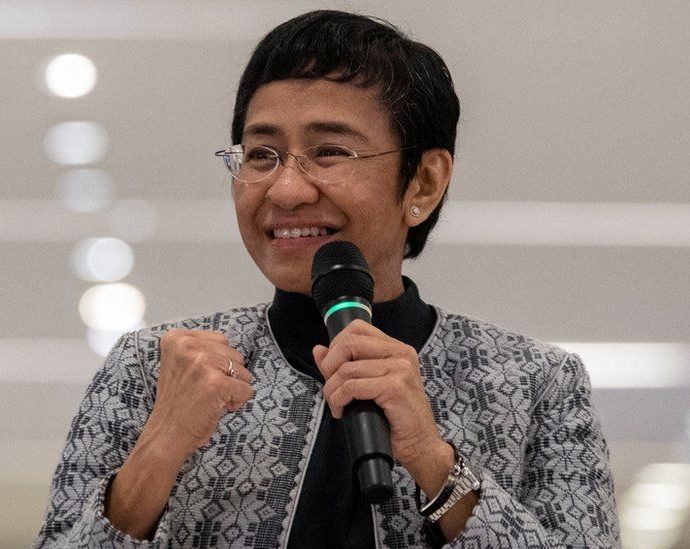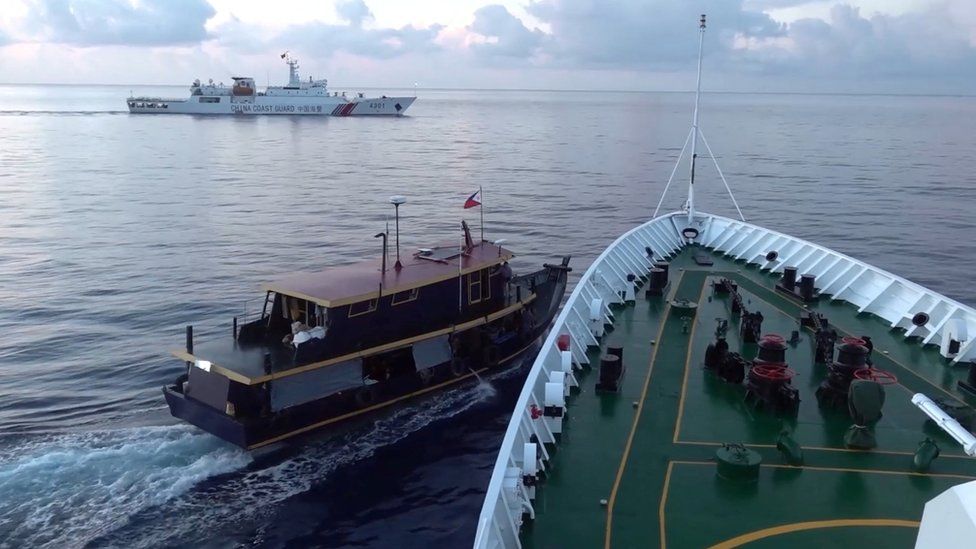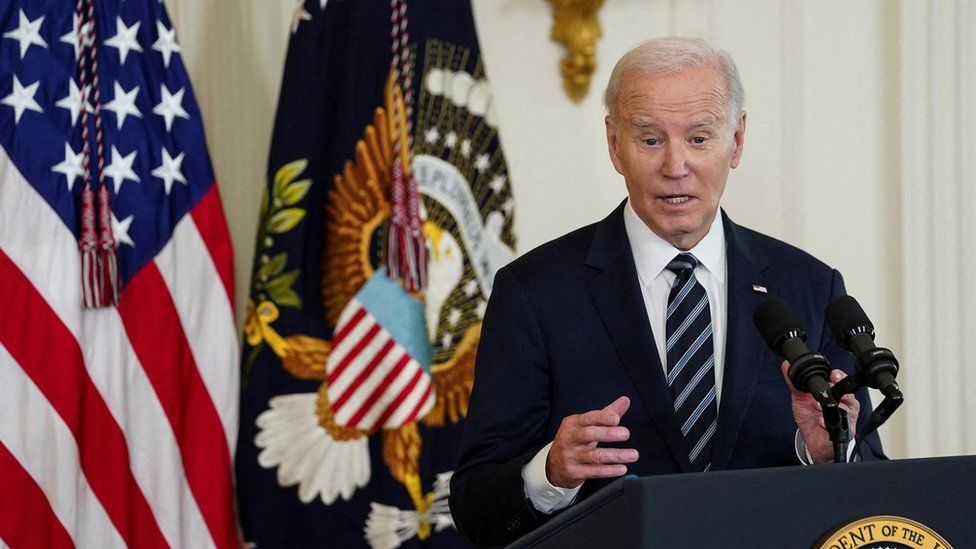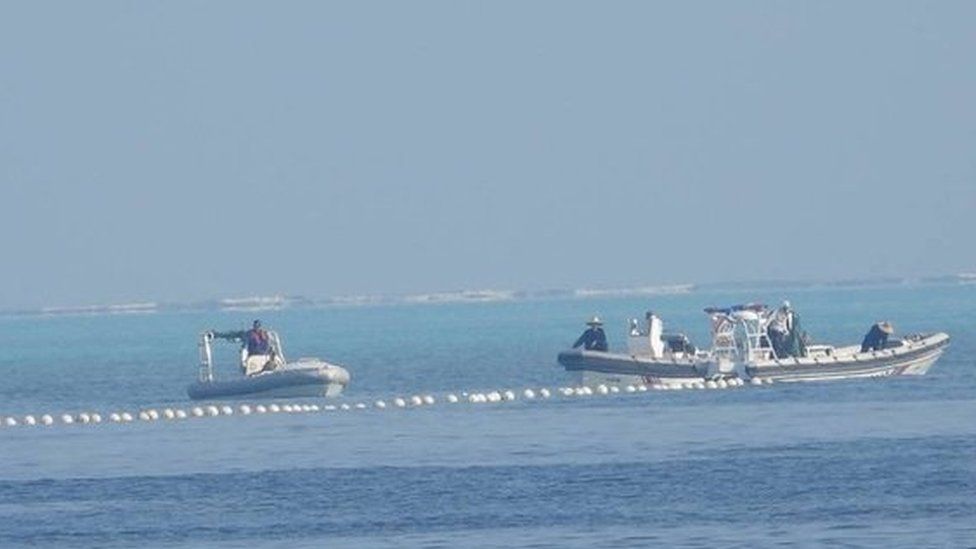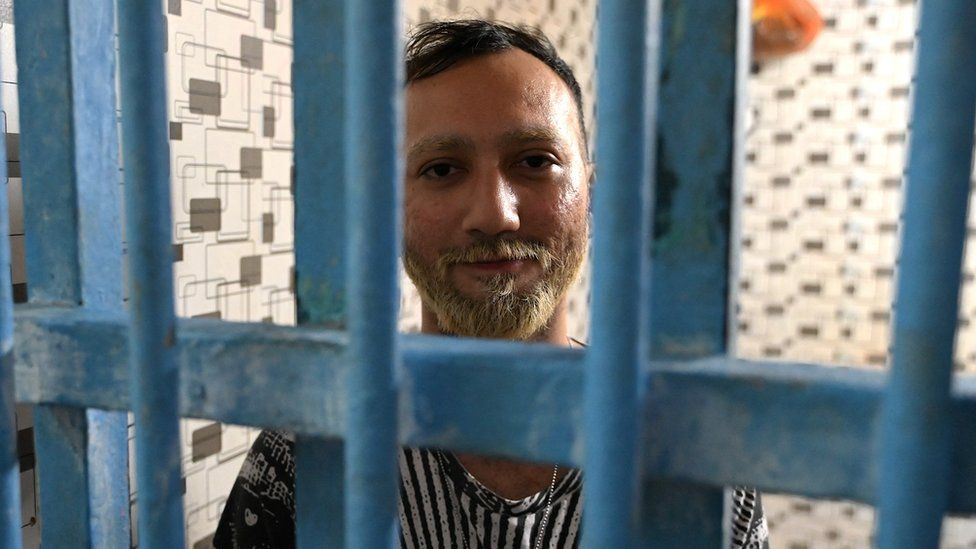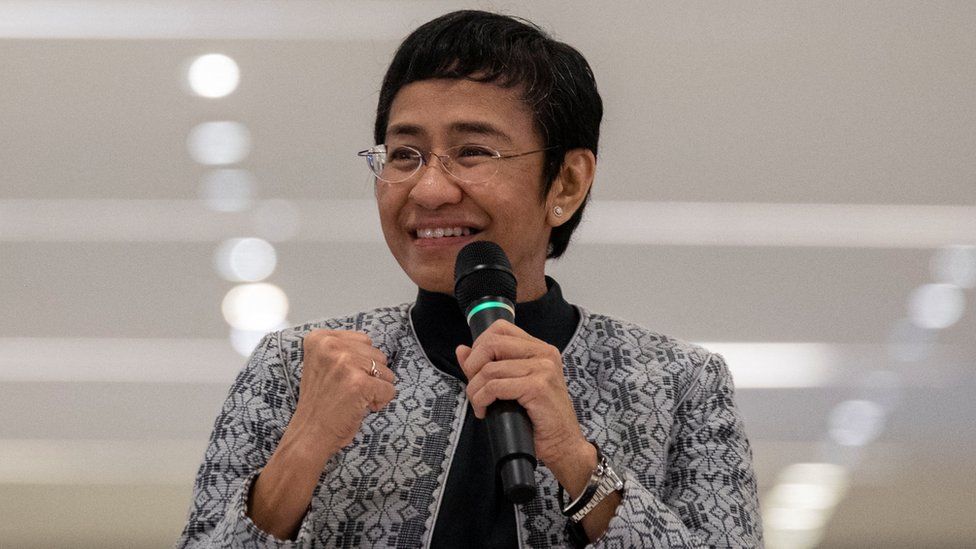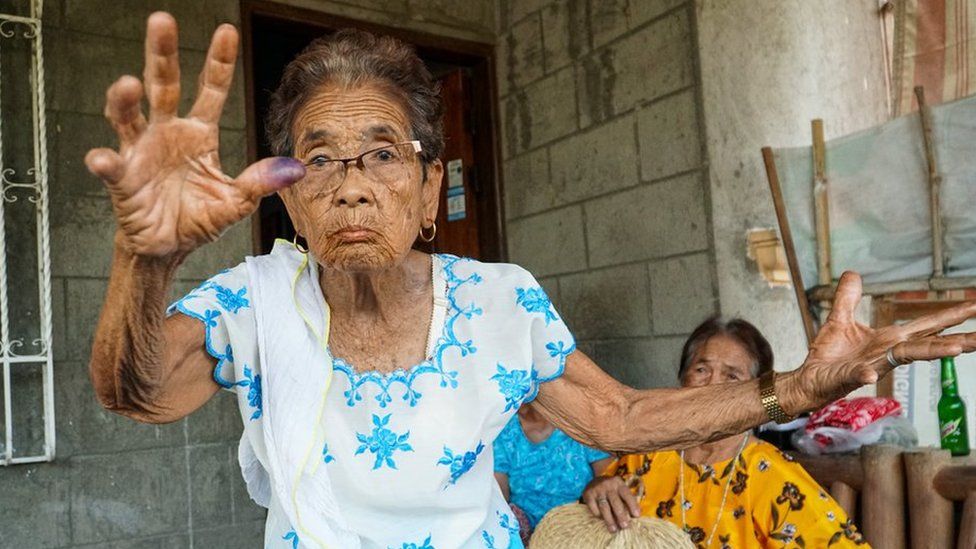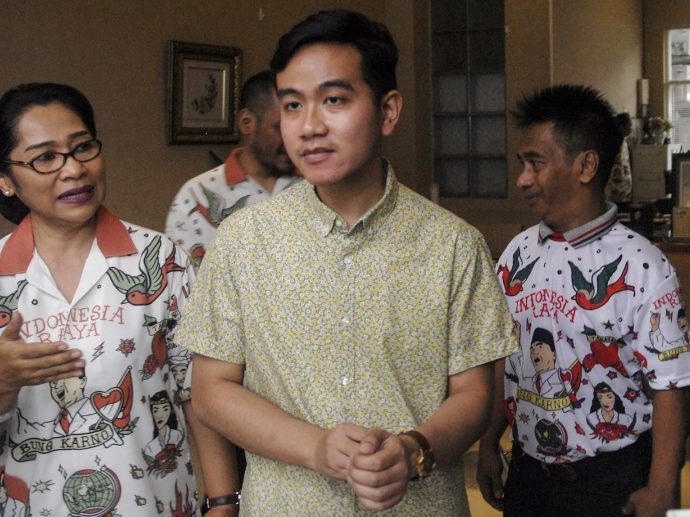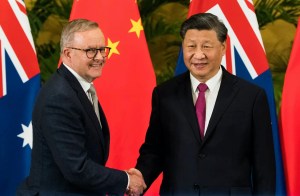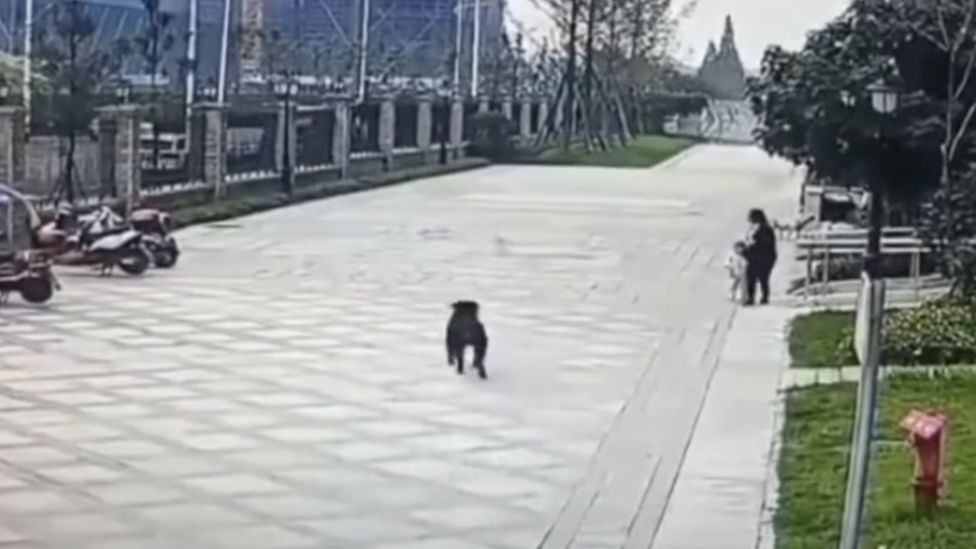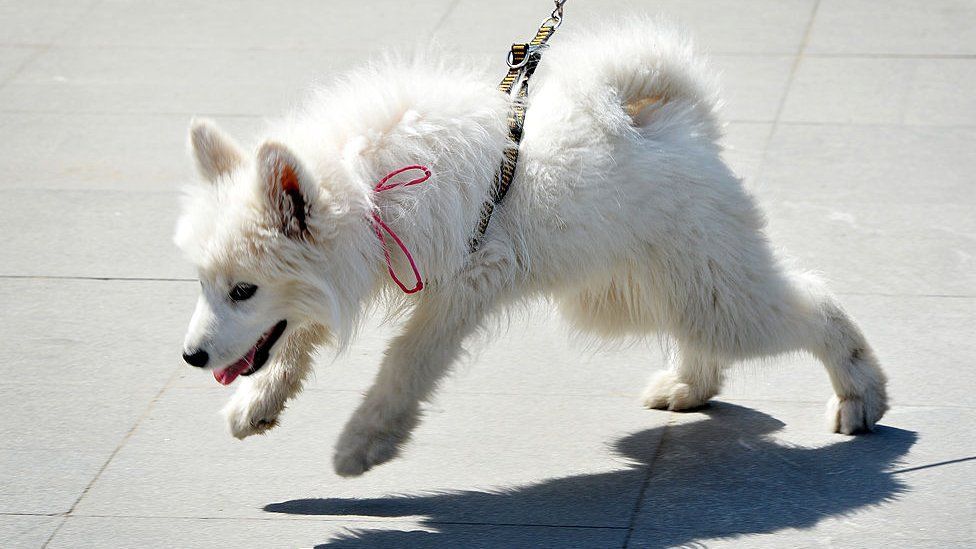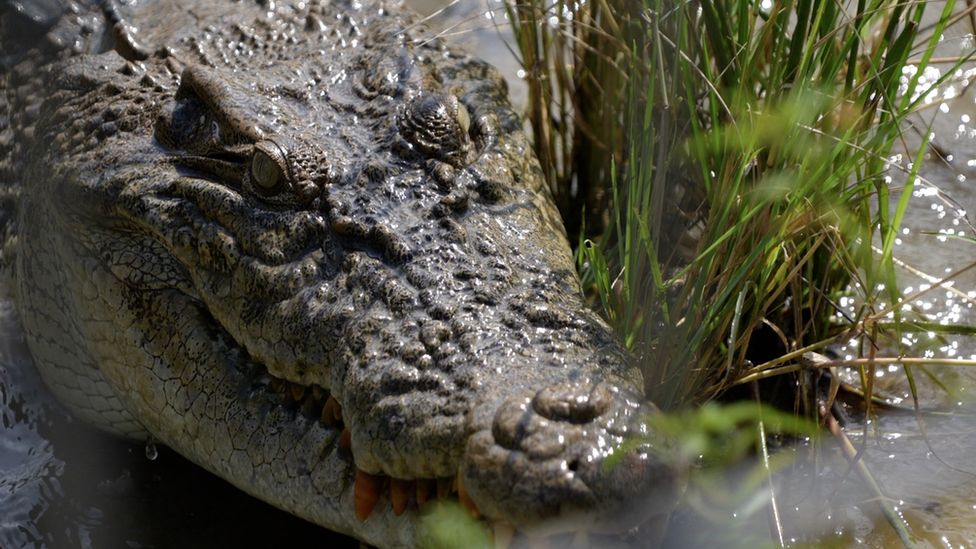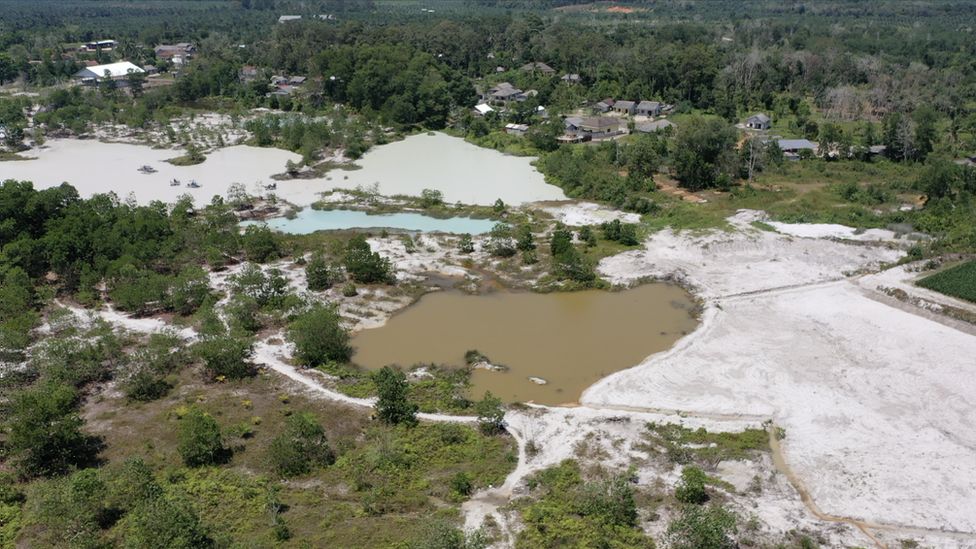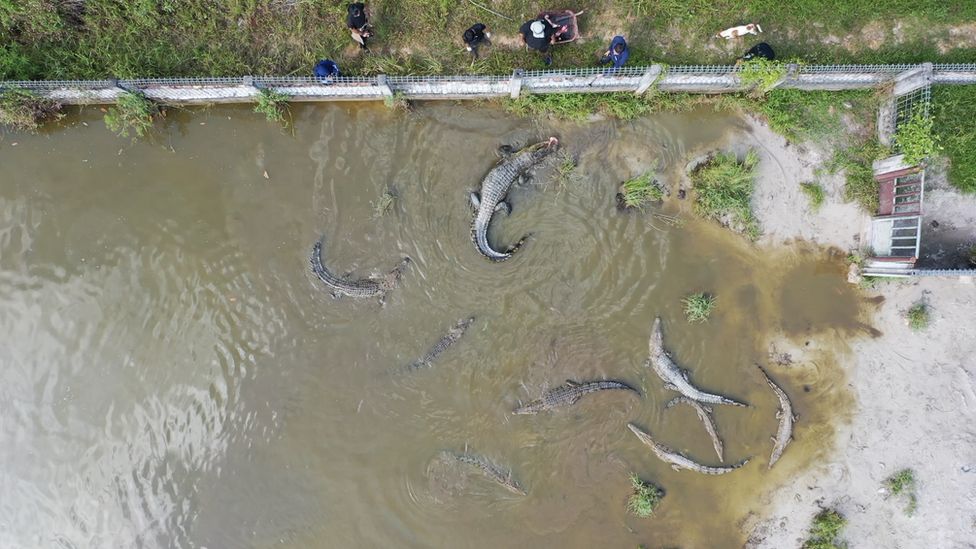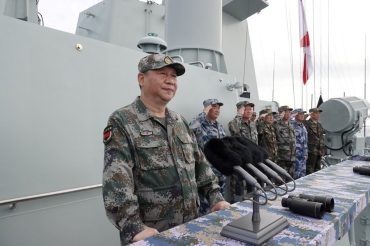âCountryside houseâ: Michelin-starred Restaurant JAG moves to bigger, brighter space at Robertson Quay

Gone are the starched tablecloths and upholstered chairs – the new JAG is a much homier space. “To celebrate vegetables, we wanted to build something that feels like a garden house – wood, rattan, greenery, natural light, with a touch of elegance,” like the feeling you get when you visit houses in the countryside two hours’ drive out of Paris, Gillon said.
Gillon himself was born in Normandy and in his fond recollections of his grandmother’s traditional dishes, it’s always the vegetables that stand out. In her pot-au-feu, for instance, the carrots, onions, celeriac, parsnips and Jerusalem artichokes hold the most memories for him. “I have the recipe, but I can never make it the same,” he said.


